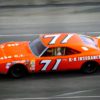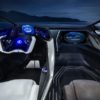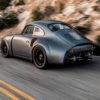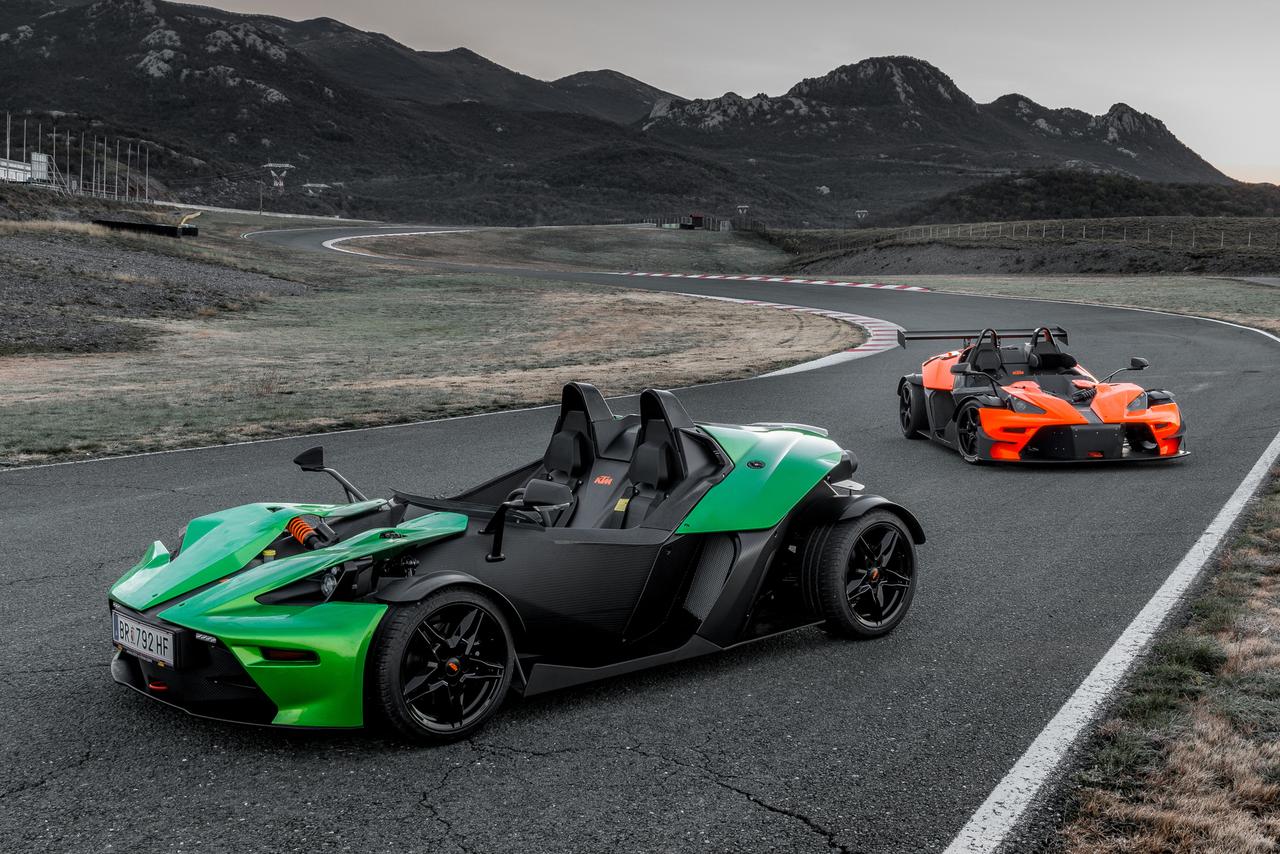These cars were born on the race track, but somehow they got out on the public roads…
Each car on this list has found something to stand out. One was registered in the top of the Nurburgring record holders, the other, if desired, is able to ride on the ceiling, the third was named after the Russian submarine … One thing unites them: they can legally reach the race track on a public road.
Radical rapture
By the standards of automotive history, Radical is a young company: it is only 23 years old. When engineers Mick Hyde and Phil Abbott opened the Peterborough office, Ferrari was celebrating its 50th anniversary and Caterham had been making the Seven for 24 years. And these two decades “Radical” was enough to take three places in the top 30 fastest road cars of the Nurburgring. One of them, the SR8 LM, held the first place from 2009 to 2017 until it was pushed by Porsche and Lamborghini. The second Radical is right next to it, in the fifth position: took a fancy to the top of the table in 2005, when there were no Aventador SVJs and Huracan Performante. Ferrari’s presence, by the way, only starts from ninth place.
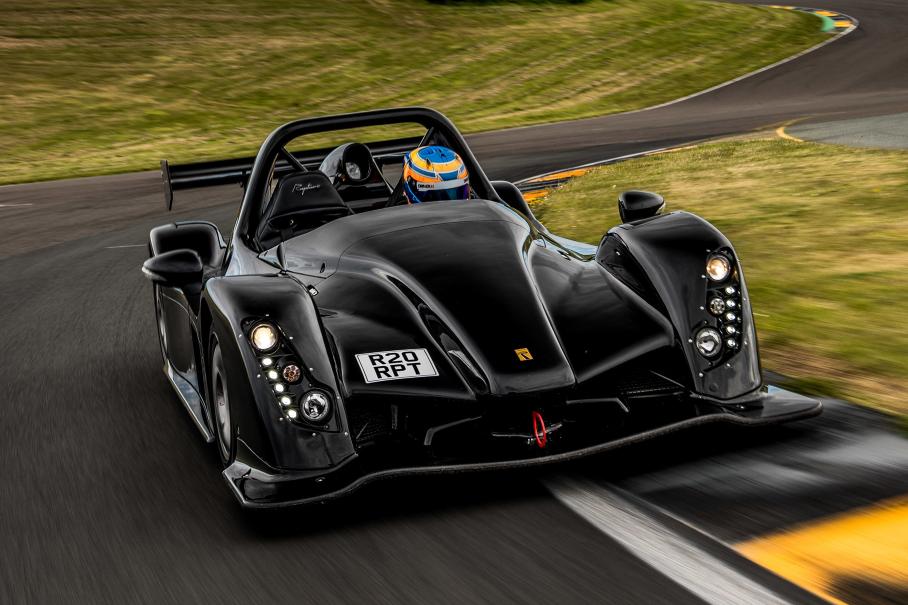
The secret to creating demons from the “Green Hell” lies in their name. Radical prototypes can only be called cars in the broadest sense of the word: apart from the engine, wheels, and a spatial metal frame, they have almost nothing. This means that nothing distracts the driver from broken records and pain in the spine.
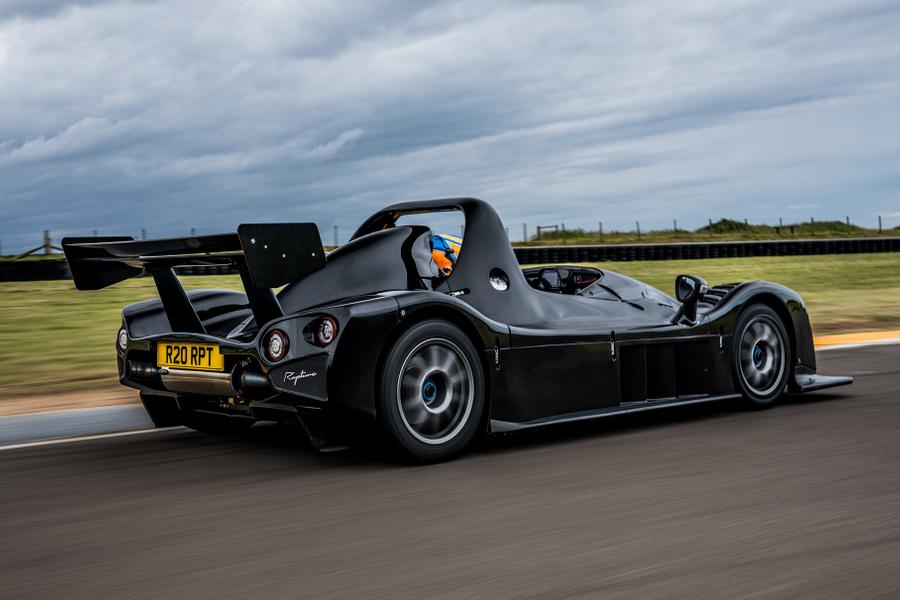
Since 1997, there have been as many as 2,000 wealthy “radicalizes” for whom the firm regularly prepares new models. The freshest, Rapture, has a curb weight of 765 kilograms and hides behind riders’ turbo four EcoBoost with a return of 350 horses and 434 Newtons. That’s enough to accelerate the Rapture to 60 mph (97 km / h) in 3 seconds and hit a top 265 kilometers per hour. And this “Batmobile” is even at the very least prepared for everyday use: of the luxuries, there are heated mirrors, an interior heater, and a 12-volt outlet …
Ktm x-bow
The British have proved more than once or twice: they know-how and love to build fast cars. What happens if an Austrian motorcycle manufacturer gets down to business?
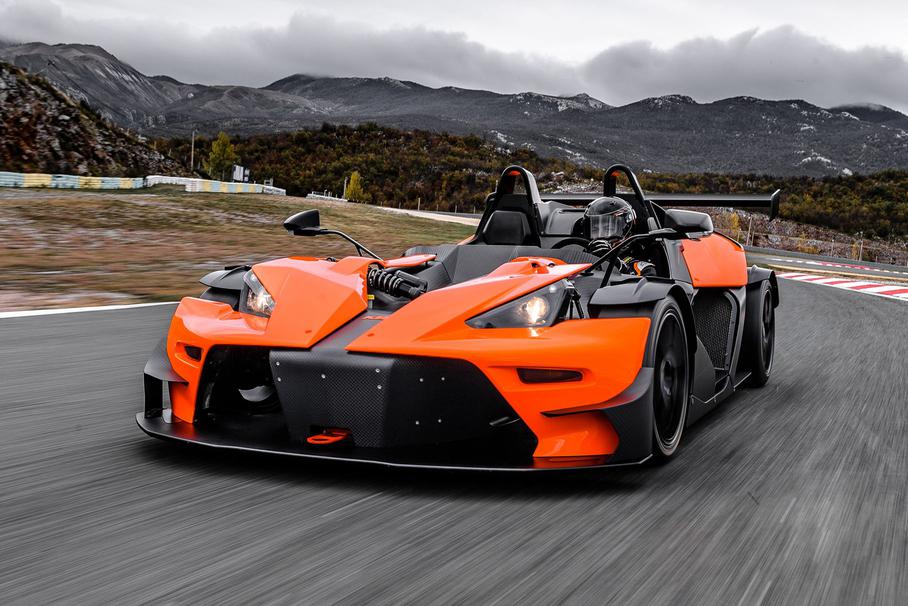
Of course, KTM alone would not have done this. In 53 years of motorcycle and bicycle manufacturing, the company has gained enough weight to safely turn to Audi, Dallara, and Kiska Design for help (don’t laugh, that’s the name of the firm’s founder). The former shared with KTM a two-liter “turbo-four” with a capacity of 220 horsepower, the latter took over the design, and the third gave the sports car an insect-like appearance.
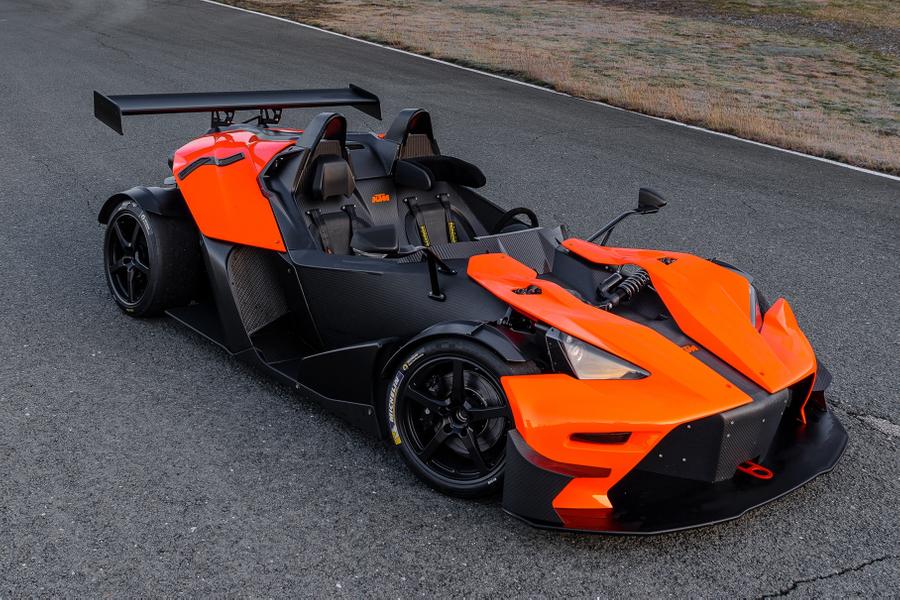
The X-Bow premiered in 2007 in Geneva. Then future buyers found out that the weight of the car is 870 kilograms, most of the functions are controlled by the steering wheel, for which it is better not to meddle without a helmet (there is no windshield), and the Austrians want to sell from 500 to 1000 copies a year. The X-Bow was assembled at the Dallara plant, but the unexpected happened. Sports car sales have skyrocketed despite the price tag of 45 thousand euros! Production was urgently moved to Austria, and the car itself began to acquire special versions. Limited edition X-Bow Dallara, racing X-Bow GT4, lightweight 250hp X-Bow Superlight, hardcore X-Bow R, and RR – just half the list! The X-Bow RR even showed up at the Nurburgring with a score of 7: 25.72 – two seconds faster than the Ferrari 812 Superfast.
Dallara stradale
For 45 years, from 1972 to 2017, the Italian company Dallara was “a shoemaker without boots.” The company took part in the development of KTM X-Bow, Bugatti Veyron and Chiron, Alfa Romeo 8C, Maserati MC12 … But it did not have its own road car: the Italians gained their experience in Indycar, Formula-2, and Formula-3. And all these years, Gianpaolo Dallara, the founder of the company, dreamed of getting away from racing cars at least for a while and launching his own sports car.
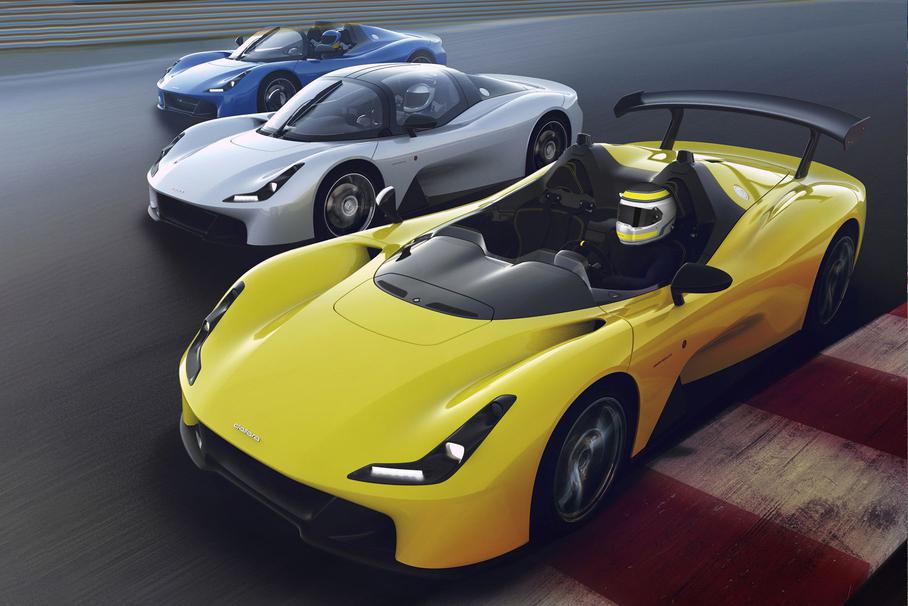
In 2015, Dallara finally decided to start work on the car. He saw the first prototype on November 16, 2016, on the day of his 80th birthday. A year later, Gianpaolo received a finished car, and the model itself was presented for everyone to see. The Dallara turned out to be a speedster without a windshield, which thanks to removable panels can be turned into a roadster, Targa, or coupe with “gull wings”. You can also equip the car with a wing, which generates up to 820 kg of downforce. Behind the seats is a 2.3-liter EcoBoost from the Ford Focus RS and Mustang, whose 400 horsepower is powered by just 855 kilograms of metal and carbon fiber.

From some angles, the Stradale closely resembles the Lotus, which is not surprising: Dallara was inspired by the work of the famous Colin Chapman. For a “naked” car, they ask 155 thousand euros, but those who want to have a roof over their heads or add a wing will have to fork out: with all the options, Dallara can rise in price by another 50 thousand.
Panoz esperante
The American automotive industry also has something to brag about. The Panoz company (read as “Panoz”) has existed for only three decades, but managed to win a number of victories in races and create several road models.
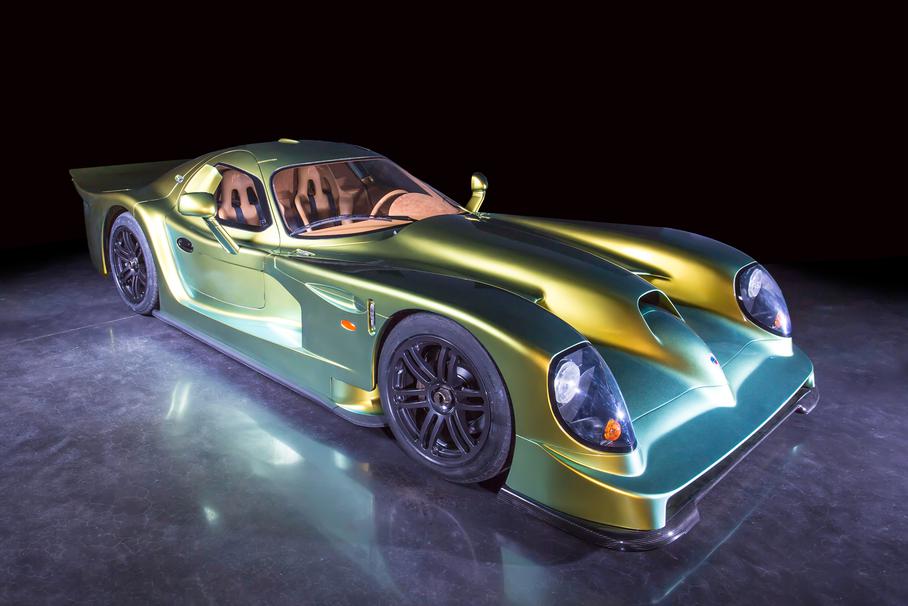
Panoz owes its success to luck and … family fortune. In the late eighties, Dan Panoz, the founder of the company, got a job at the small Irish firm Thompson Motor Company, which wanted to create a roadster based on the Lotus Seven. She had enough money to assemble fifty cars, after which Dan saved her from bankruptcy, having secured the financial support of her father, Don Panos. The firm received a new name and headquarters in America, where work began on the Esperante racing prototype. Don generally loved motorsport: in the seventies, he even bought the Sebring and Atlanta racetracks, later reselling them to NASCAR.

The first car, the Esperante GTR-1, was powered by a six-liter Ford engine producing around 600 hp. and already in 1998 won seven of the eight IMSA rounds. And for Le Mans, they prepared a hybrid version with a recuperation system! There was also a road version. It lost its roll cage, in return for a leather-trimmed interior and quieter exhaust.

And in 2000, “simply” Esperante appeared. It is no longer a bulky supercar in pearlescent paint, but a Gran Turismo with racing potential and a run-of-the-mill appearance reminiscent of a sprawled Mazda MX-5. Instead of a 600-horsepower monster, a more modest V8 is installed under the hood: 430 horses and 4.6 liters of volume. The new model was also sent to storm the pedestals, and over time, the Panoz line was replenished with other names unusual for the American ear: Abruzzi and Avezzano.
Ginetta akula
Ginetta is another British manufacturer that has firmly linked its history with motorsport. In 62 years, his sports cars have become as recognizable on the track as Porsche and Ferrari, and the geography of his victories stretches from South Africa to Le Mans.
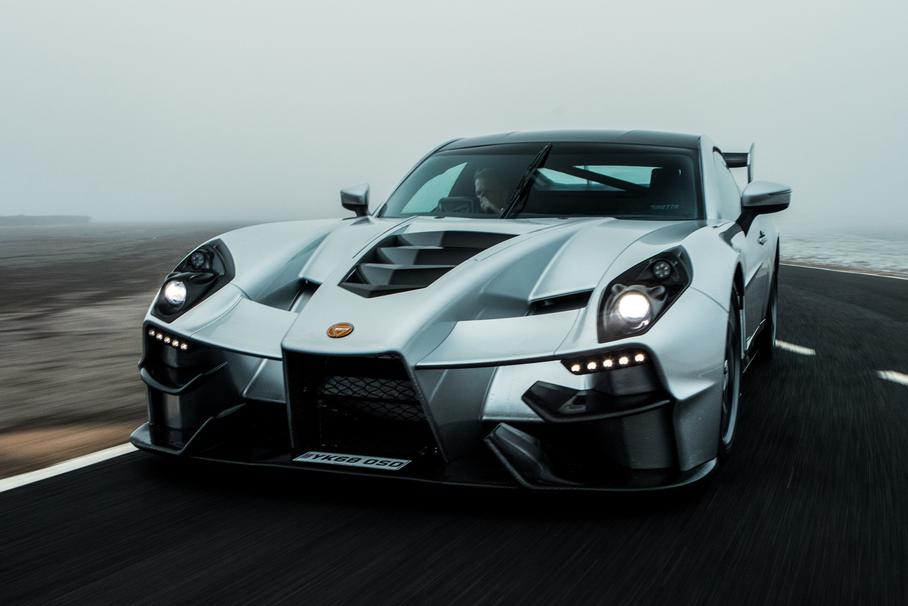
But the Ginetta has very few purely road cars. The last of these, the mid-engined G50 sports car, was released ten years ago. After that, the company went back to building racing prototypes until it decided it was time for a new flagship. In March 2019, Akula was presented – a front-engined supercar named after Russian nuclear submarines! We are talking about submarines of project 971 “Pike-B”, NATO called “Sharks”. The long nose and carbon fiber “gills” of the air intakes hint at the similarity with underwater predators.

But Akula is interesting not so much for its appearance as for its motor. It is a naturally aspirated six-liter V8 of its own design with an aluminum block, developing 608 horsepower and 705 Nm of torque. This power is controlled by a six-speed “robot” with paddle shifters, also developed by Ginetta. Acceleration to “hundreds” is still unknown, but the maximum speed is 322 kilometers per hour, and with a compartment length of 4.6 meters, it weighs only 1150 kilograms. Thanks to the carbon fiber chassis and body for this. The engineers have achieved such a low weight without depriving the car of its usual amenities: it has parking sensors, navigation, climate control, and a trunk with a volume of 675 liters! It is not surprising that such a “cheating” supercar is not cheap: from 283 thousand pounds sterling.
SCG 003S
American Businessman James Glickenhouse is a real badass. In less than a year, he once again challenges himself or some major automaker. He invited the Nurburgring record companies to get together on the track and in a 24-hour marathon to find out who is stronger. He accused De Tomaso of plagiarism, calling the P72 supercar a parody of the Ferrari P4 / 5 (which he commissioned to develop from the Pininfarina studio). He challenged Ford at the Baja 1000 race against the Bronco R prototype with the SCG Boot and won.
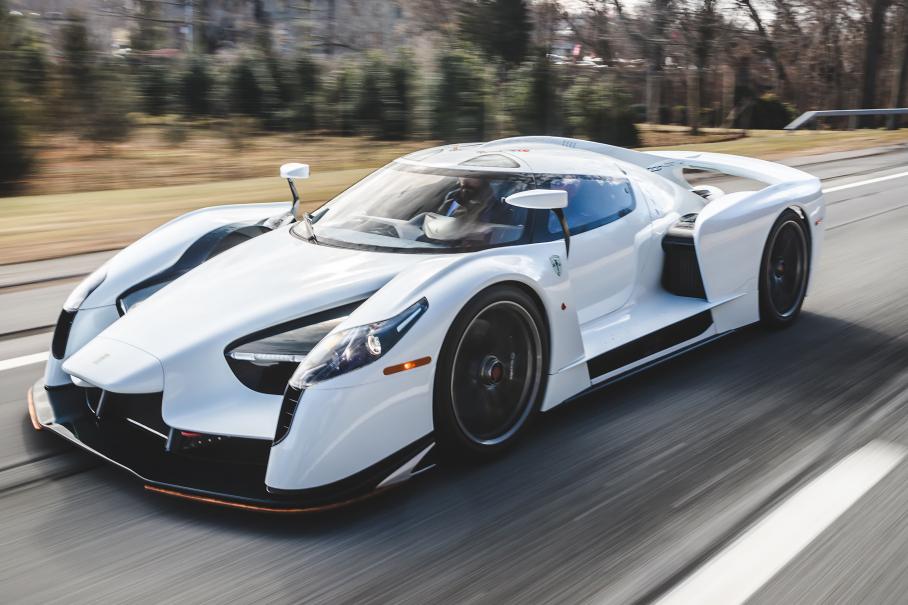
And back in 2017, his company Scuderia Cameron Glickenhaus was recognized as a full-fledged manufacturer. James has a long history of racing love and has a handful of projects in the works, from a classic Ferrari-style retro sports car to a Le Mans hypercar. In the meantime, work is underway on them, SCG wins with might and main at the “24 Hours of Nurburgring” with model 003C.
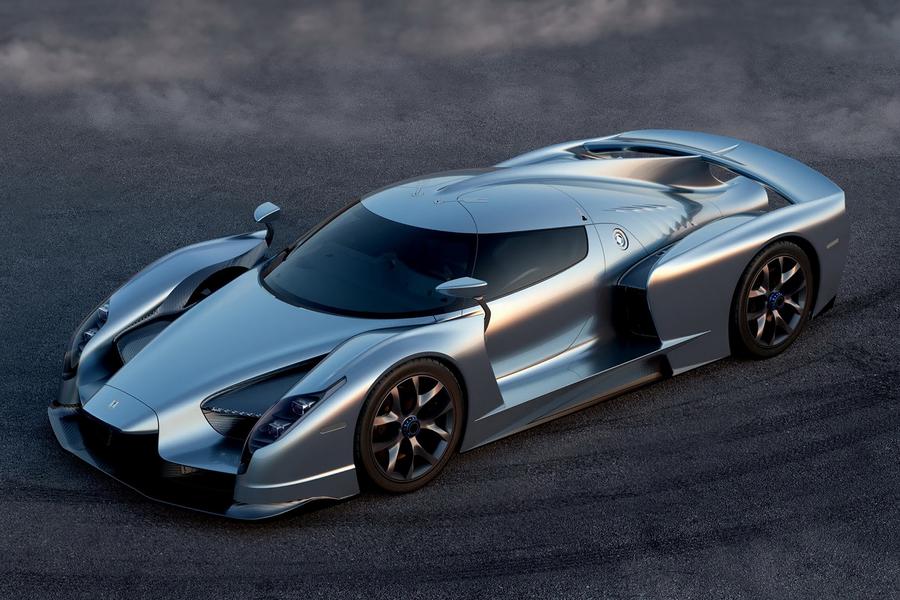
There are three modifications of SCG 003 in total. The first, 003C or Competizione, just takes part in the races. It is equipped with a 600-horsepower Biturbo-V6 Honda and a Hewland transmission. 003CS – the same Competizione, but approved for public roads. And the 003S is a complete road car with different aerodynamics, a comfortable interior, and a 4.4-liter V8 from BMW. The engine output was brought to 800 hp. and 850 Nm and the maximum speed of the two-door is 349 kilometers per hour. Glickenhaus promised that 003S would set the Nurburgring record with a score of 6 minutes and 30 seconds, but so far nothing has happened. Apparently, the millionaire decided to take up more interesting records.
Brabham BT62
Long before Glickenhouse began to fulfill his racing dreams, and Radical learned to build record-breaking cars, the British company Brabham experimented with might and main in Formula 1. At the same time, in the sixties she was considered a conservative: when Lotus introduced monocoque, Brabham continued to use roll bars. But it was this company that first began to use the wind tunnel to develop fireballs, and in the seventies, the famous Gordon Murray became its technical director … And it began.
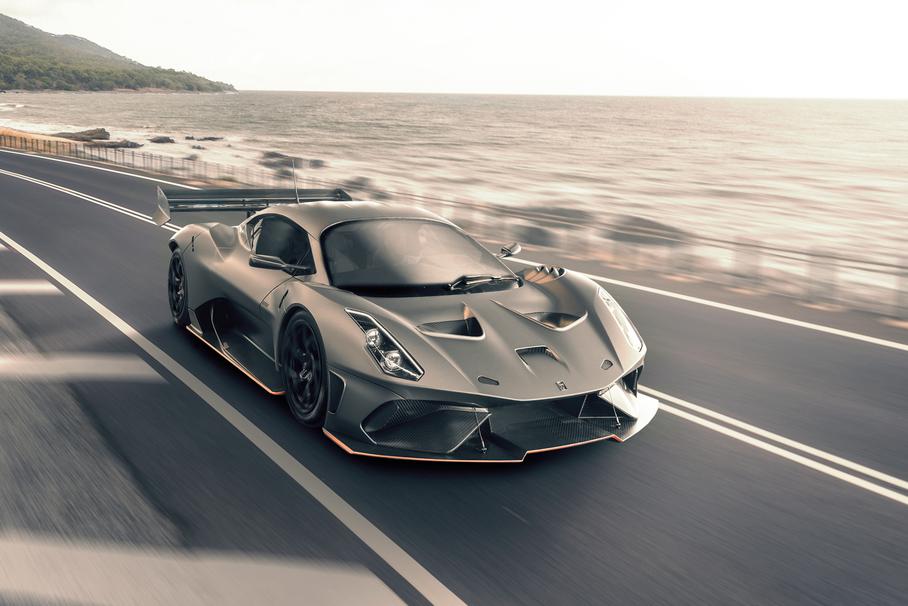
In 1976, the team installed composite brakes on their cars. Two years later, she had a “car-vacuum cleaner”, at the stern of which was placed a fan that sucked the air from under the bottom of the car. He was so successful that after the only race (which ended with Niki Lauda’s “easiest victory in life” ) he was immediately banned. The introduction of hydropneumatic suspension, the first-ever turbocharged victory in Formula 1 history, is all to Brabham.
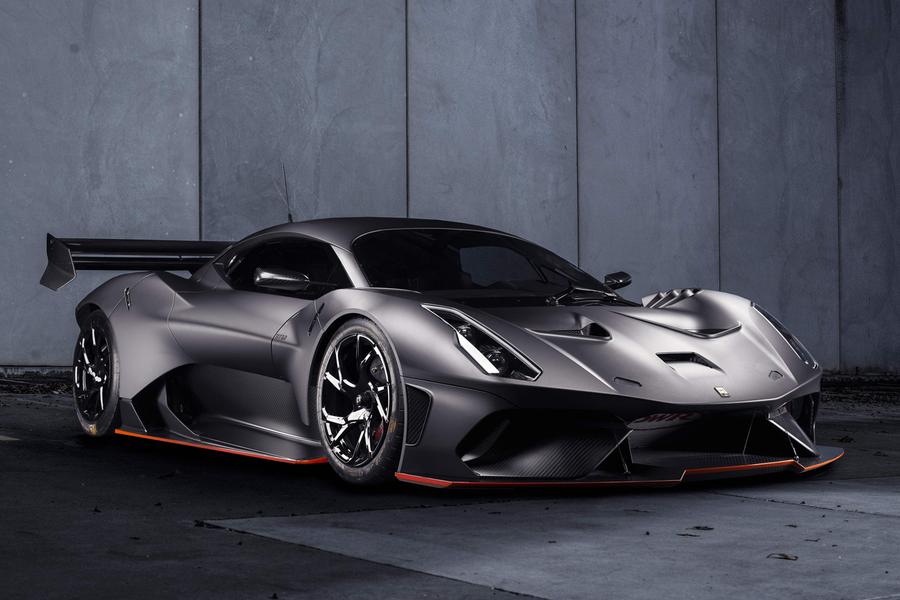
And only in January 2019, the company got a road car. And it turned out to be a modified version of the BT62 track supercar, which is driven by a 5.4-liter naturally aspirated V8 with a return of 710 hp and 667 Nm of torque. Despite the power, identical to the Lamborghini Aventador or McLaren 720S, “Brabham” will easily knock them out thanks to 972 kilograms of mass and a developed aerodynamic body kit, capable of generating up to 1600 kg of downforce. If desired, the BT62 could ride on the ceiling: it is enough to accelerate to 265 km / h and find a platform for such a trick. And without a fat wallet, the British beast cannot be approached: a million pounds sterling costs the car itself and another hundred and fifty thousand – its conversion into a road version.
Ariel atom
This “skeleton on wheels” needs no introduction. For a quarter of a century, he made a splash in the media, and the number of supercars he defeated on the tracks is in the tens. At the beginning of the 2000s, even the flagships of Bugatti and Pagani were afraid of him! And although today its dynamics no longer surprise anyone, it is the Atom that is considered one of the best tools for track days.

And it was created not by a brilliant designer with a big name, but by an ordinary student of the Polytechnic University in Coventry, Nick Smart. His graduation project was the prototype for the Atom, dubbed LSC (Light Sports Car). The work was noticed by a certain Simon Sanders, who lectured at that university, and invited Nick to mass-produce the car. Lotus and the well-known British company Tom Walkinshaw Racing helped bring the Atom to production. And already in the year 2000, the first ready-made car appeared – with 1.8-liter Rover engines with a capacity of 120 to 190 horsepower and a body weighing 750 kilograms.
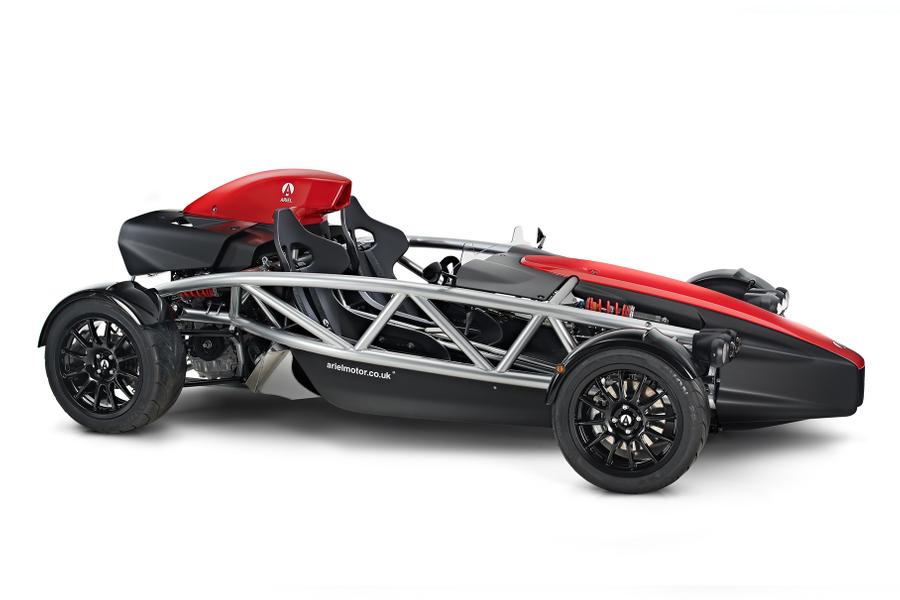
Since then, the sports car has been continuously refined. Today, Atom 4 is considered the freshest Ariel. Only an expert will distinguish its appearance from other “Atoms”, but instead of the old British engine, there is a 320-horsepower two-liter turbo engine from the current Honda Civic Type R, paired with a six-speed “mechanics” and a rear limited slip differential … The suspension is available with Bilstein or Öhlins shocks, and carbon rims are available as an option. The weight of the car was reduced to 600 kg, thanks to which the acceleration from zero to 96 km / h is 2.8 seconds – on the level of the new Porsche 911 Turbo and McLaren Senna. And with a price tag of £ 39k, the Atom 4 could be the cheapest way to see big-name supercars in the rearview mirror.


